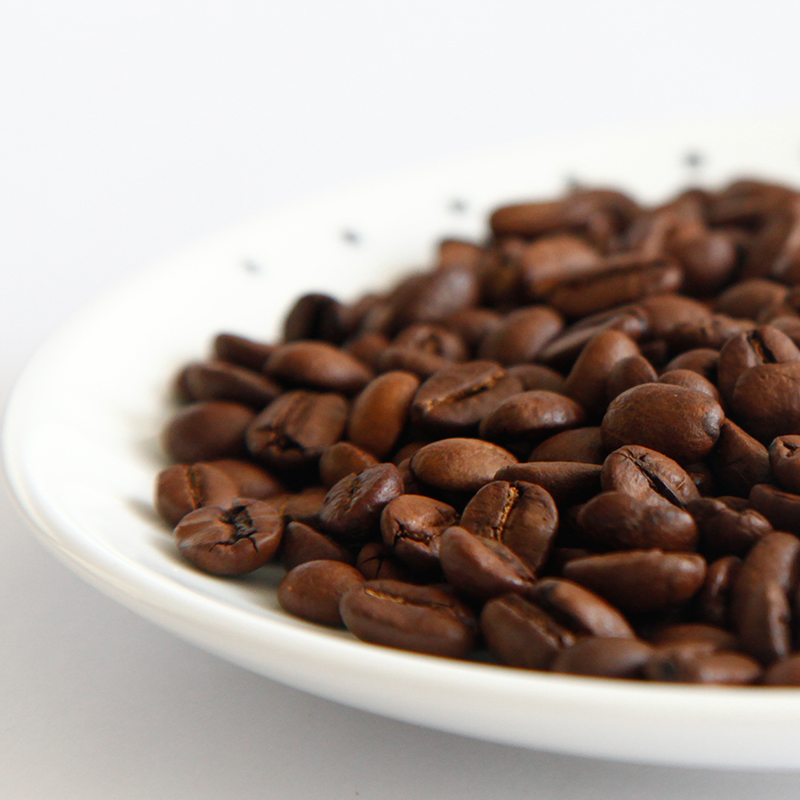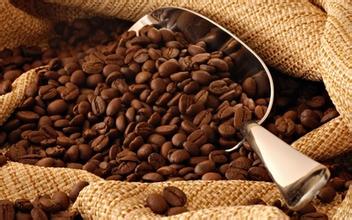Italian blending skills teaching-there are many problems before and after blending coffee, which choice is better?
There are a lot of questions before and after mixing coffee, which choice is better? If you already have a recipe, you can mix the beans and roast them together. If you are still experimenting with ingredients and proportions, it is best to preroast each coffee separately so that it is easy to adjust and does not have to be reroasted every time. There are many cases of baking alone, especially? The Melange blend, which is mentioned next, and the amount of Robosta in the espresso blend, etc. Some single-serve coffees are relatively heavy, some vary greatly in size, and these beans require more individual roasting than arabica obtained by standard wet processing.
Dry-processed arabica needs to be baked to slightly higher temperatures. In fact, in most cases different coffees can be roasted together, and my advice is not to roast separately as long as it doesn't fail. Every coffee is slightly worse when roasted. But many variations are the same, especially drum roast systems. Yemen, Ethiopia DP coffee and some other varieties do not require uniform roasting, uneven roasting color is not a defect. Only wet-processed arabica beans should be baked to the same extent (and sometimes not necessarily).
The article comes from "Coffee Bean Blending Basics"
Important Notice :
前街咖啡 FrontStreet Coffee has moved to new addredd:
FrontStreet Coffee Address: 315,Donghua East Road,GuangZhou
Tel:020 38364473
- Prev

The basis of Italian blending the basis of blending coffee beans and the basic standard of blending coffee
People mix coffee from all over the world for a number of reasons, presumably in the hope of making a cup of coffee that tastes better than any other blend. High-quality Arabica is not used to match because of its pure taste, aroma, body and aftertaste. Therefore, one of the reasons for the commercial blending of coffee is the use of low-quality coffee.
- Next

Drip coffee mix: The Melange Italian coffee mix with beans
Melange is one of the most interesting coffee combinations, in which various ingredients are roasted to varying degrees, so they need to be roasted separately. For example, it has both the deep-baked charcoal flavor and the lively light sour taste (acidy snap) of the lightly roasted Central American coffee. Here's a blend, deep baking, excellent mellow, and some lively light acidity: 40% of Columbia's Tuluni.
Related
- Guji coffee producing area of Guji, Ethiopia: Humbela, Shakiso, Wulaga
- What is the most expensive variety of Qiloso in BOP multi-variety group?
- How to store the coffee beans bought home?
- Why are Yemeni coffee beans so rare now?
- Ethiopian Sidamo all Red Fruit Sun Sun Santa Vini Coffee beans
- SOE is mostly sour? What does it mean? Is it a single bean? what's the difference between it and Italian blending?
- Is Italian coffee beans suitable for making hand-brewed coffee?
- How to choose coffee beans when making cold coffee? What kind of coffee beans are suitable for making cold coffee?
- Just entered the pit to make coffee, what kind of coffee beans should be chosen?
- Can only Japan buy real Blue Mountain Coffee? What are authentic Jamaican Blue Mountain coffee beans?

